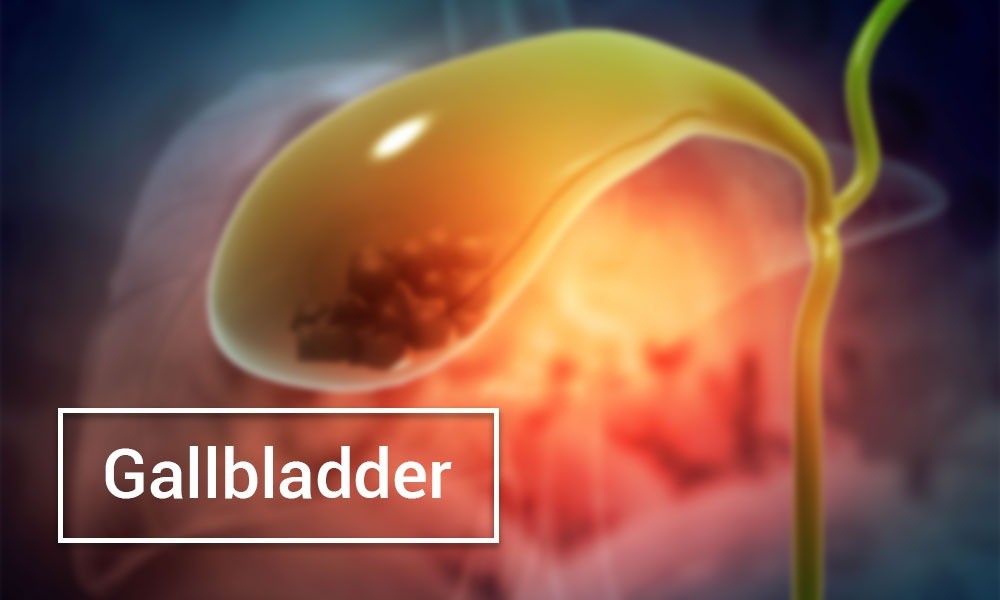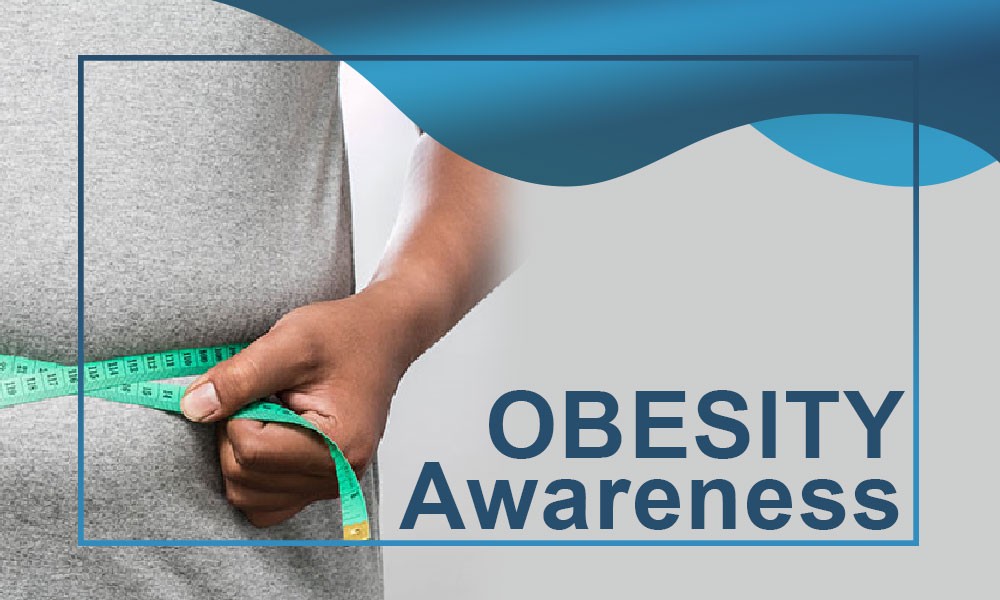Gallbladder Disease, Symptoms Precautions, and Suggestions
The gallbladder is a pear-shaped round sac-like organ of the human body that floats on the lower right side of the liver. The bag is four inches long and one inch wide.
There are various gallbladders diseases including gallbladders formation of stones.
Symptoms
Symptoms of gallbladder disease are sometimes not obvious and can be exacerbated if not addressed in a timely manner.
The Main Symptoms of Gallbladder Disease are as follows
* Severe pain in the lower right side of the ribs is a sign of gallbladder disease. It can sometimes be mild and sometimes severe.
* Nausea and vomiting can also be a sign of coronary heart disease
In gallbladder disease, the digestive system does not work properly which makes you feel nauseous after eating something.
* Fever and low blood pressure indicate gallbladder damage.
* Fever can also be a sign of gall bladder infection.
* Jaundice indicates gallstones and disease.
Symptoms of Gallbladder/Bile Duct Cancer
- Darker Urine & Stool
- Yellowish Skin (Jaundice)
- Loss of Appetite
- Unintended Weight Loss
- Upper Abdominal Pain
- Lumps in Belly
- Nausea/Vomiting
- High Fever
Causes of gallbladder disease
* One of the major causes of this disease is excessive consumption of carbohydrates, especially sugar. High-fat diets can also cause gallbladder pain.
* Obese people whose blood cholesterol level is high, causes stones in the leaves.
* If the inflammation in the gallbladder lasts for a long time, it can cause gallstones.
* Diabetes can also cause gallbladder disease, especially gallstones.
* People who lose weight quickly by dieting more start producing cholesterol in their liver which can lead to gallbladder problems.
Prolonged starvation affects gallbladder function.
* Occasionally there is a backache due to gallstones in some patients which causes severe abdominal pain.
* Women and the elderly are at higher risk of developing address problems.
Other symptoms include indigestion, gastric problems, bloating after eating, constipation, dizziness, and anemia۔.
How is Gallstone diagnosed and confirmed?
In case of symptoms of the disease, the presence or absence of gallstones can be detected by abdominal X-ray and ultrasound, etc.
In case of any of the above symptoms, the doctor will prescribe a few blood tests along with an ultrasound or C T or M. R. I will confirm the diagnosis of this disease.
Precautions and suggestions
If the gallstones become too large, they can close the mouth of the intestine.
It rarely happens, but if it does, it can be fatal.
If the gallbladder is ruptured and not detected, a dangerous infection can spread on a large scale in the stomach. The risks are higher in people over 50 years of age. Leaf cancer is rarely seen, but if left untreated, gallbladder disease can become cancerous.
The Diet of the patient should be very careful
* In gallstones, the diet of the patient should be very careful.
*Obese people who have high blood cholesterol levels usually develop stones in their leaves. So, eat less fat and cholesterol-raising foods such as eggs, butter, meat, etc.
*Weight loss will be followed by fatigue and constant tiredness.
* Olive oil is useful in Gallstones.
* Drink 100 ml fresh juice of beetroot, cucumber, and carrot. Use twice a day.
* In the case of gallstones, the use of radish has a very useful and quick effect.
* In addition, pears are useful in all diseases of the gallbladder.





